Cucumber Tree Facts
- The intriguing term of Cucumber Tree represents the most frequently used common name for this highly unique species of flora. It’s also somewhat confusing to many, as well. That’s because another plant, the Magnolia acuminata, shares the same general title.
- Differentiating the two plants becomes simpler, though, if one employs one of the other, if less often used common names for the botanical wonder. Some of these include such telling appellations as Bottle Tree, Socotran Figleaf Gourd, and Socotra Cucumber Tree.
- Among the scientific community, however, it’s perhaps better known by its technical designation. Like many such monikers, though, it’s rather difficult for the layperson to pronounce. That’s because it holds the formal epithet of Dendrosicyos socotranus.
- This amazing Angiosperm received that challenging tag due to the efforts of Sir Isaac Bayley Balfour. The respected Scottish botanist accomplished the first acknowledgement of it as a separate and distinct species. He achieved that scientifically noteworthy feat in 1882.
- Sadly, the remarkable Cucumber Tree currently finds itself in an unfortunate predicament. Due to a combination of factors, both natural and otherewise, its population continues to decline. The IUCN therefore currently lists it as Vulnerable on its Red List of Threatened Species.
- The wonder also faces multiple threats to its continued existence as a species, both directly and indirectly. In times of drought, locals cut down trees for livestock feed. And, of course, as all forms of life on earth today, it faces the dual dangers of habitat loss and climate change.
Related Articles
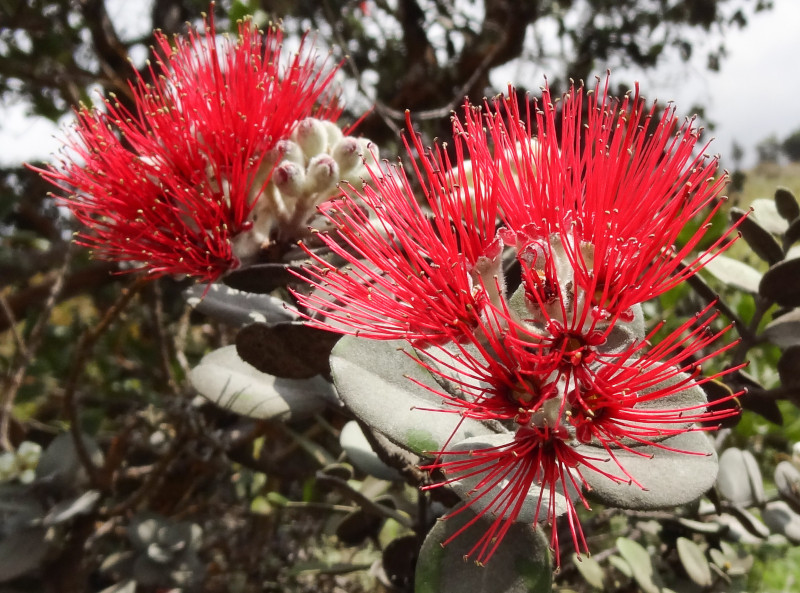
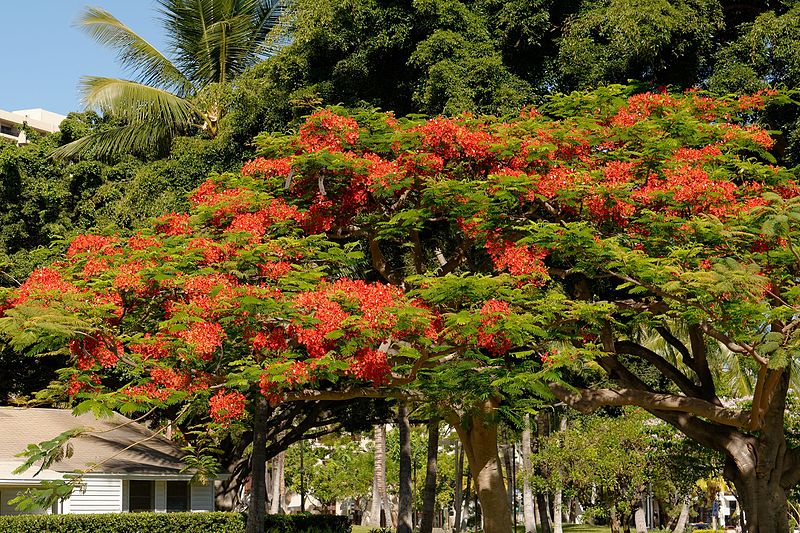
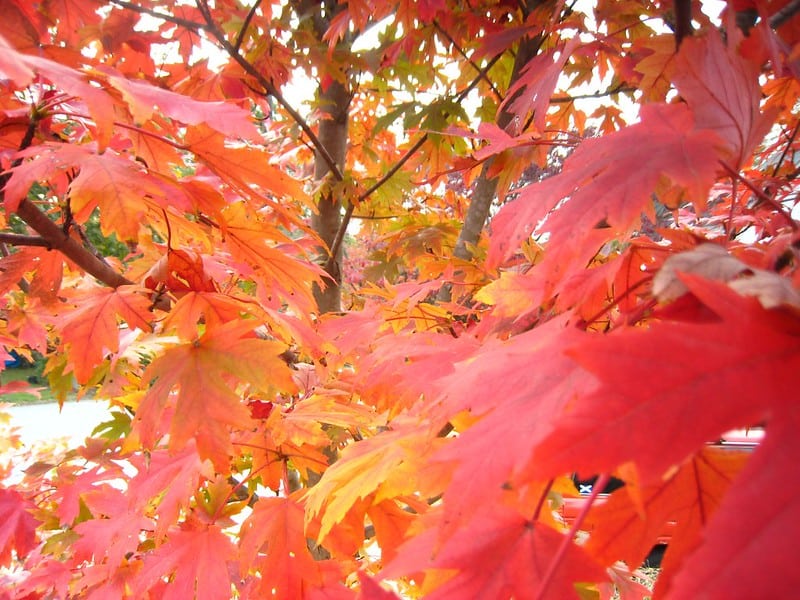
Cucumber Tree Physical Description
The fascinating Cucumber Tree remains one of those creations of Nature and evolution that typically capture the attention of those who view it. It generally does so, however, due more to its appearance than sheer size. In that particular respect, it’s roughly an average-sized species.
Individual specimens usually attain heights measuring between 10 – 16 ft. Exceptional examples, though, do sometimes reach as much as 26 ft (8 m). Trees of this size, however, occur rarely, due to a variety of reasons, including local environmental factors and numerous human activites.
The impressive tree also has a thick, swollen trunk that occasionally reaches up to 3.3 ft (1 m) in diameter. Its trunk evolved as bottle-shaped, which helps the tree store water, a crucial adaptation for surviving in the arid conditions it lives in. The bark shows smooth and grayish in color.
Supporting this structure is another incredible product of evolution. The root system of this variety of flora developed as typically deep and extensive, helping the tree anchor itself in the rocky, arid soil of its habitat and access deep groundwater. That’s crucial for its continued survival.
This marvel of the botanical world also presents yet another distinctive visual display for the viewer. From the top of the swollen trunk, the tree branches out quite irregularly. The branches often develop as highly twisted and gnarled, only adding to the tree’s truly unusual appearance.
Then comes the foliage itself, also furthering its distinctiveness. The leaves grow large, simple, and heart-shaped, with a rough texture. They present as green, and sometimes grow up to 6 inches (15 cm) in total length. These leaves also develop alternately arranged along the branches.
The Cucumber Tree additionally holds yet another surprise for those encountering it for the first time. This tree produces very small, yellow, five-petaled flowers. These flowers typically measure less than 0.8 in (2 cm) in diameter. They also tend to appear in clusters of various sizes.
It bears large, cucumber-like fruits, from which the common name derives. These generally appear green and fleshy when immature and turn yellow or orange as they ripen. The fruits sometimes measure up to 4 in (10 cm) in length, and contain many small seeds within a pulpy interior.
- Kingdom: Plantae
- Phylum: Tracheophyta
- Class: Eudicots
- Order: Cucurbitales
- Family: Cucurbitaceae
- Genus: Dendrosicyos
- Species: D. socotranus
Cucumber Tree Distribution, Habitat, and Ecology
The extraordinary work of natural creation men named the Cucumber Tree evolved as indigenous to an extremely small swathe of the surface of the earth. That remarkably tiny zone of habitation, however, remains equally as exotic to most individuals as the unique Angiosperm itself.
That’s true since the wonder of the floral kingdom appears solely on the island of Socotra, a part of the country of Yemen. The breathtaking island itself sits within the confines of the Arabian Sea. Amazingly, no evidence exists that the tree ever appeared anywhere else on the planet.
Like many species, it also displays decidedly clear preferences regarding its choice of habitat. It grows across much, though not all of the extent of the total landmass of the amazing Socotra. The plant’s currently most abundant throughout large parts of the western and central regions.
It also typically grows at elevations ranging from sea level to around 1,640 ft (500 m) above that. It’s also very commonly found in arid and semi-arid regions, particularly in the lowlands and on rocky slopes. The tree prefers dry, stony soils, often growing in areas with minimal vegetation.
This stunning plant plays a surprisingly major role in the unique ecology of its location, one known for its high level of endemism and distinctive flora. The small yellow flowers attract various pollinators, including insects such as bees. These remain crucial for the reproduction of the species.
Native animals frequently consume the cucumber-like fruits it produces, which help in dispersing the numerous seeds. Although specific dispersal agents have not been extensively documented, birds and other animals certainly rank high on most lists of potential candidates for this role.
The remarkable Cucumber Tree also provides shade and a cooler microclimate under its canopy, which can be vital for the survival of smaller plants and animals in the hot and dry environment. With its deep and extensive root system, it also helps stabilize the rocky soils and prevent erosion.
Species Sharing Its Range
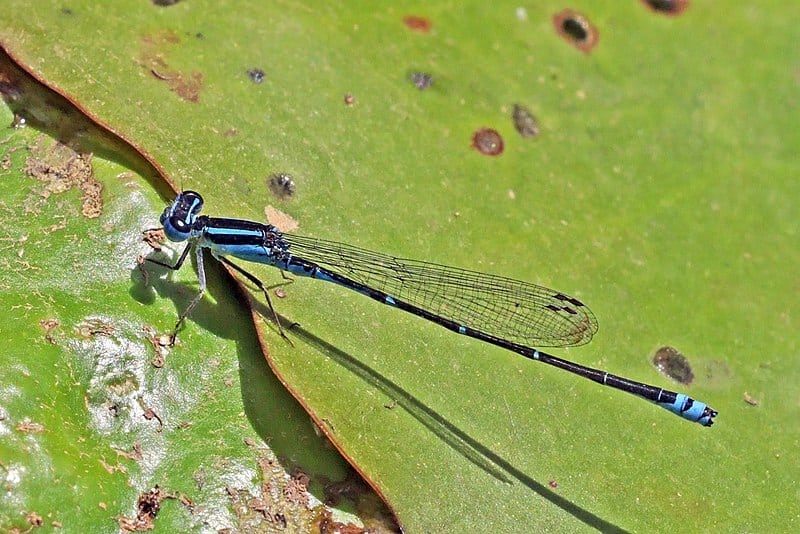

Dugong

Check out our other articles on 3 Marvelous Mantises of Europe, Japanese Hare, Kangaroo Island, Tiger Shark, Rosy Veincap, Tree Bumblebee, Nicobar Pigeon, Texas Alligator Lizard
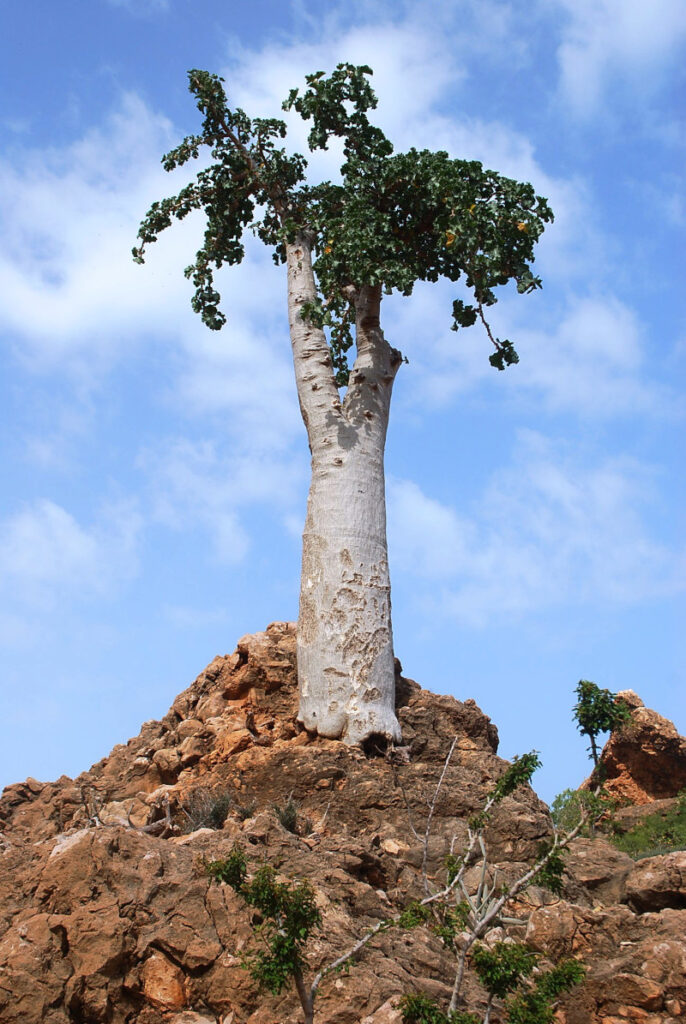
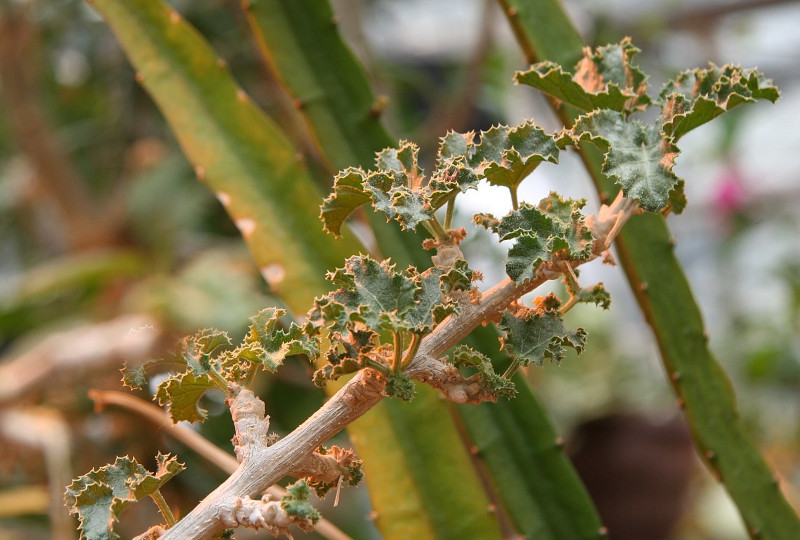
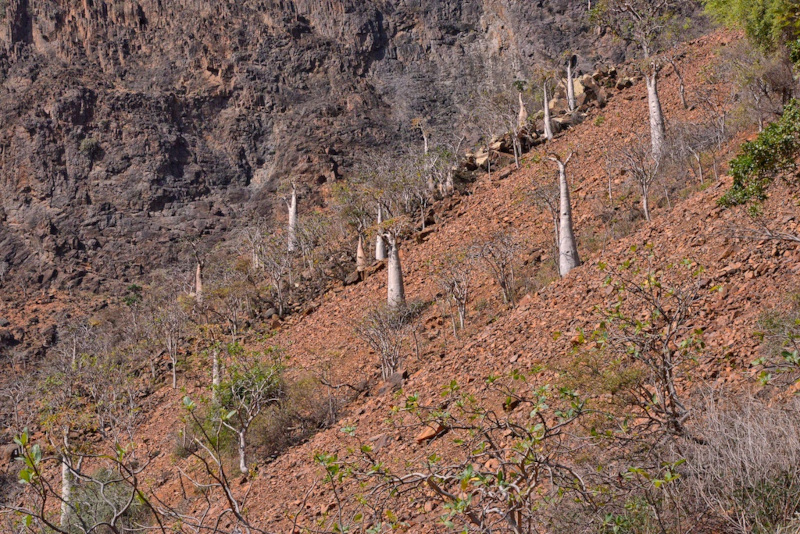









Leave a Reply